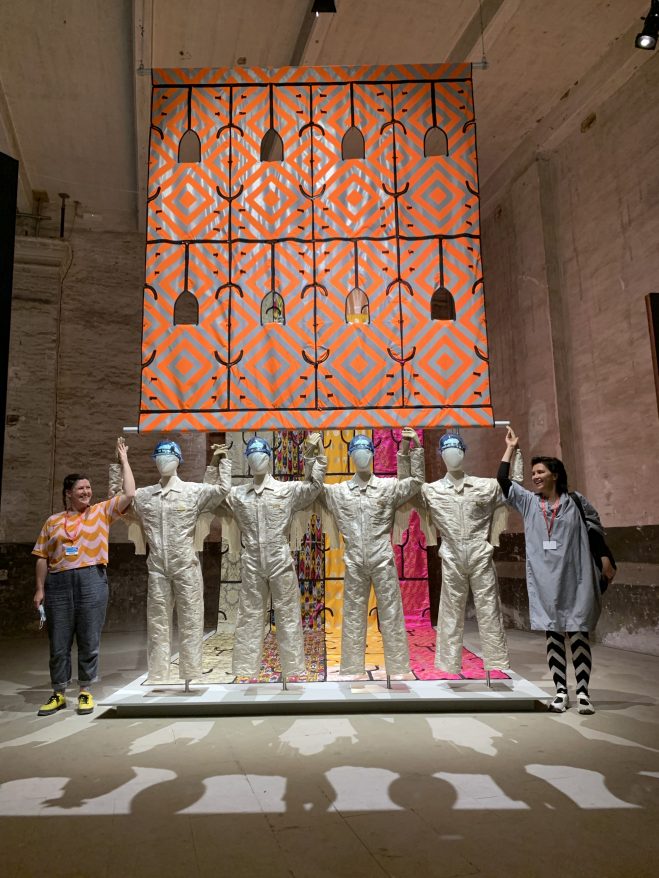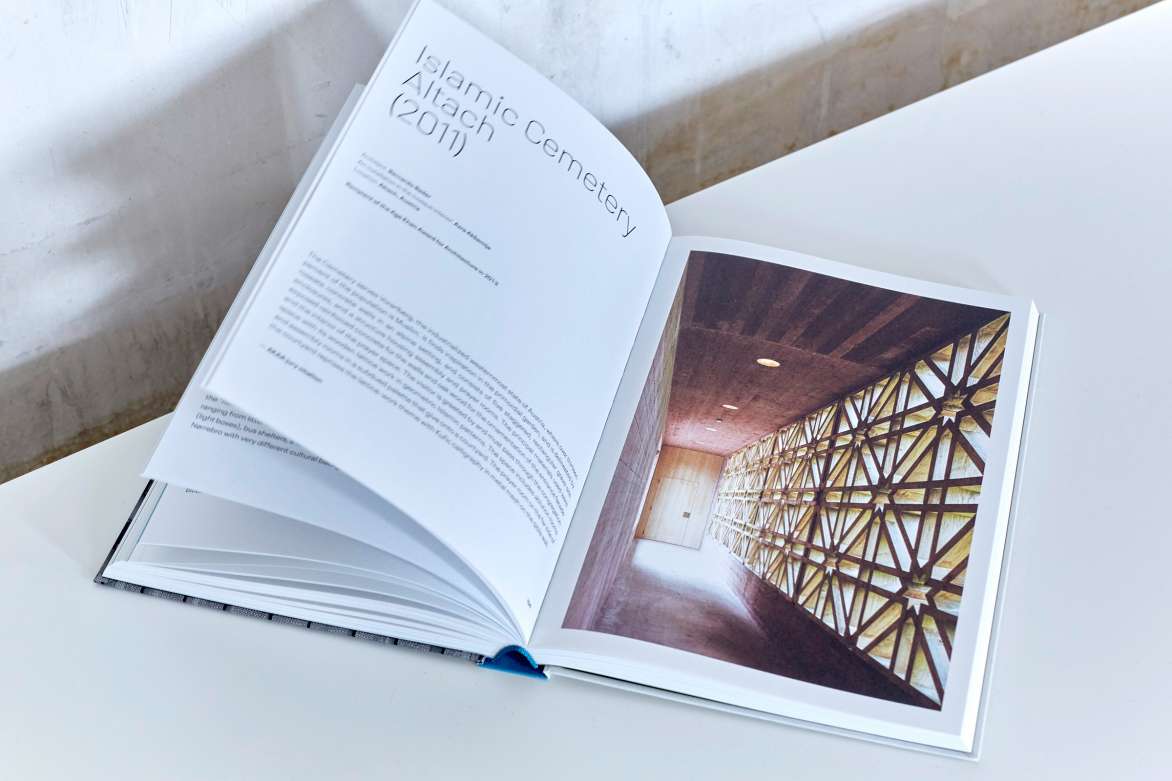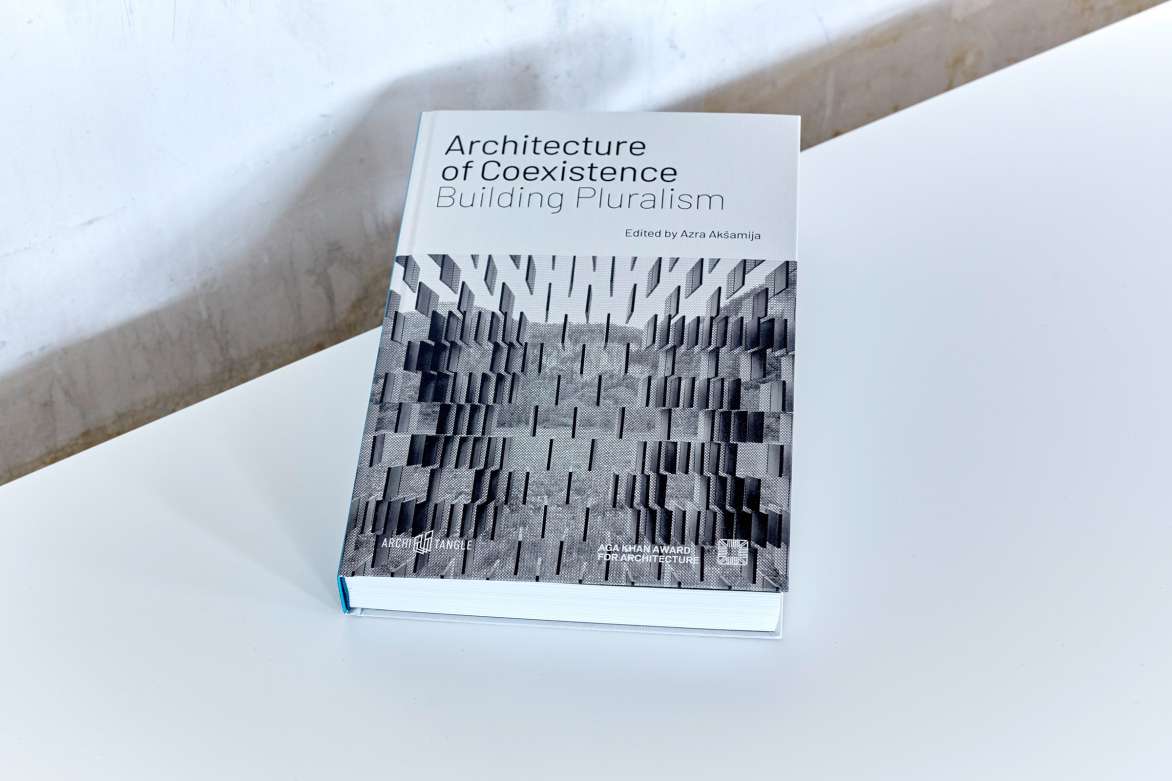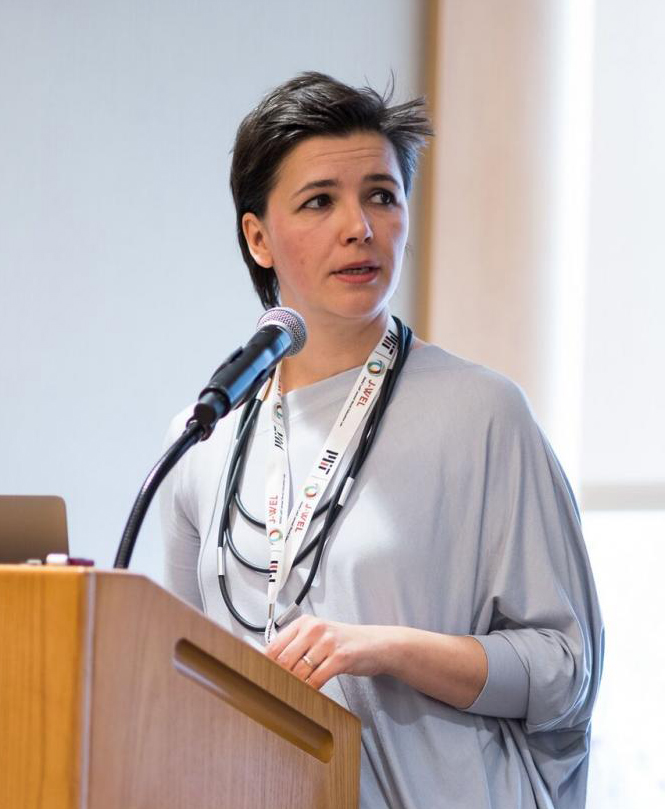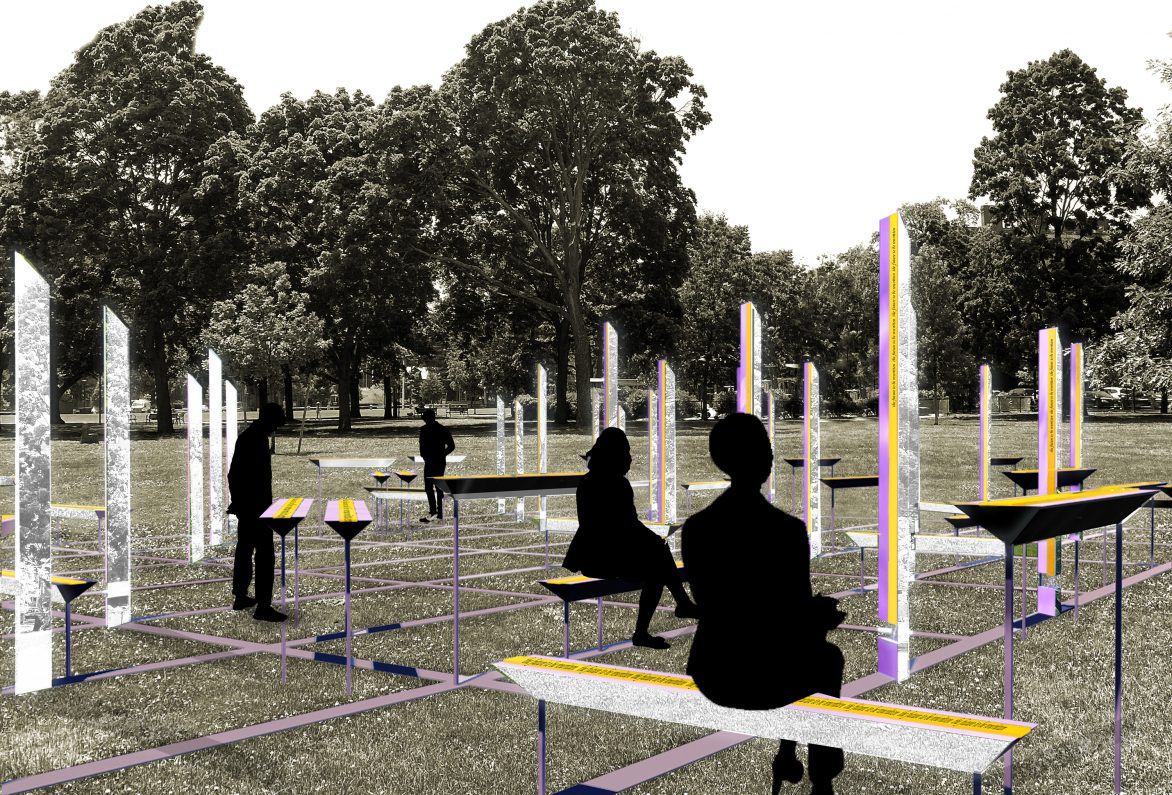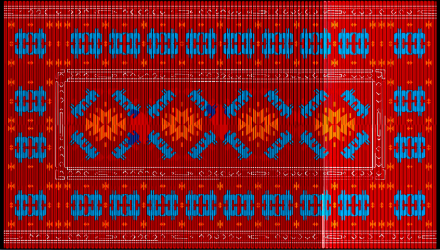In the spring of 2016, a striking art installation was constructed outside MIT’s building E15. The work consisted of 20,000 small green plexiglass squares, with intricate holes cut in each one, depicting vanished or endangered pieces of global cultural heritage, including buildings, monuments, and sculptures. Attached to fencing about 40 feet high, the squares collectively formed an image of the Arch of Triumph from Palmyra, Syria, an ancient treasure destroyed by fundamentalists in 2015.
Lit up at night or shimmering in daytime, this installation — the “Memory Matrix” — was a powerful reminder of the fragility of our cultural creations in the face of conflict and strife. But it also represented human resilience and the strength of collaboration: About 700 people helped construct it, including MIT community members from 11 different departments and programs, and participants from Egypt and Jordan.
“That project was amazing, because of the solidarity-building it created across campus and internationally,” says MIT Associate Professor Azra Akšamija, who created the idea for the installation.
Akšamija is an uncommonly versatile artist, architect, and scholar whose work explores cultural identity and conflict. Her own career exemplifies resilience: Akšamija experienced displacement as a Bosnian Muslim whose family left in the early 1990s to escape the war at home. Having spent much of her life in Austria, the United States, and Germany, her work frequently explores encounters between Islam and the West.



